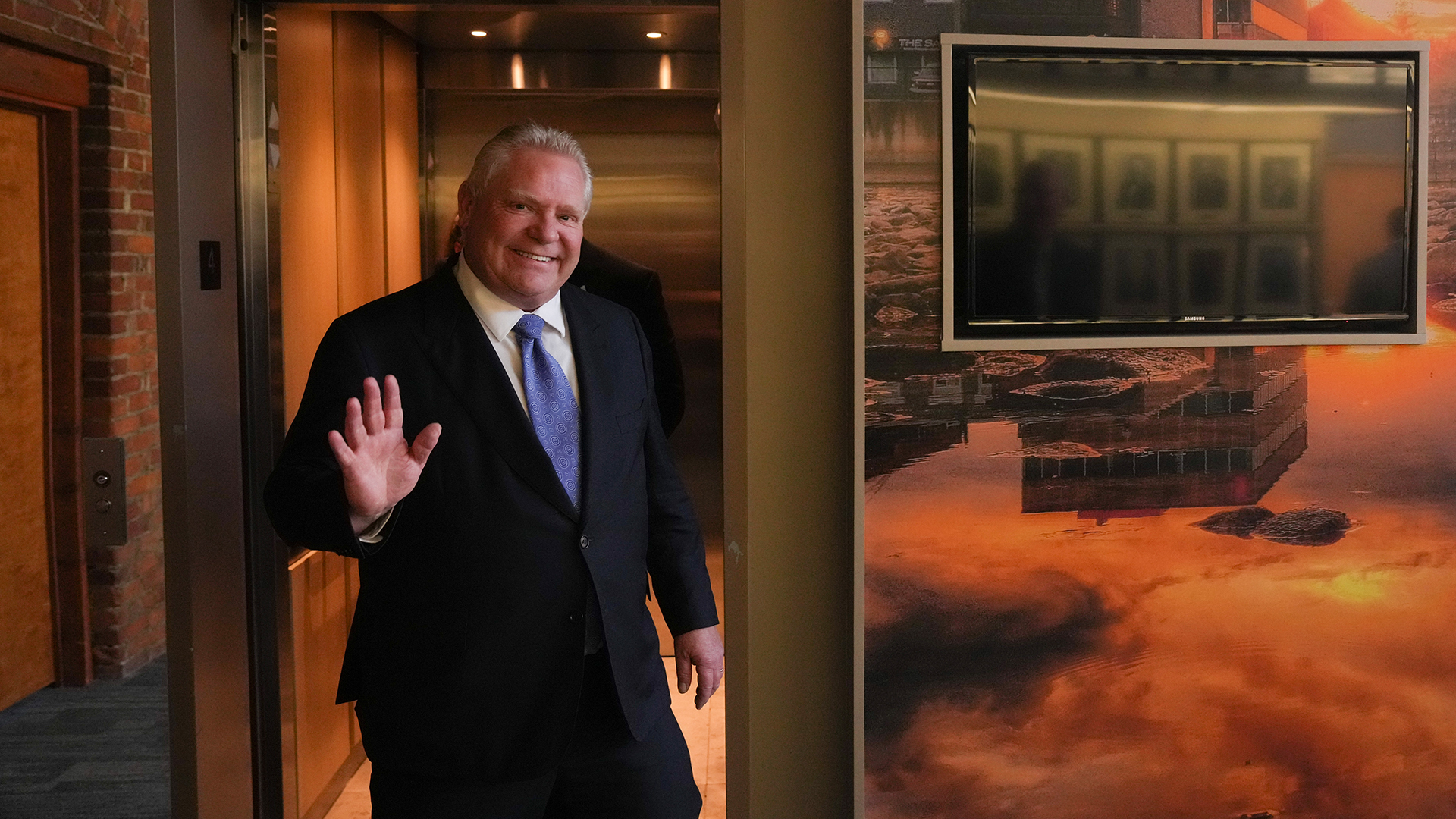
At the end of February, the Ford government introduced a package of measures under the banner of “getting it done,” with the stated intention of facilitating the construction of major infrastructure projects. The package has two major components – Bill 162, the Get it Done Act, and changes to the province’s environmental assessment process.
That theme about infrastructure projects was a central element of Ford’s 2022 election platform. The key question that arises from the February announcements is whether what is “getting done” makes sense in economic, planning or sustainability terms.
The government’s initiatives seem designed to avoid and prevent asking precisely those kinds of questions.
That’s wrong. Transparent and independent assessment processes are essential to addressing risks and making sure the choices made today don’t turn out to be ones that Ontario residents will regret for generations to come.
Political theatre
Bill 162 has two key components in addition to facilitating the expropriation of public and private lands and banning road tolls (except on the privately owned segments of Highway 407).
The first is a putative ban on carbon pricing in the province, subject to a future referendum. That is just political theatre, given legislation can’t bind the actions of future governments.
The second is an extraordinary and unprecedented series of amendments to municipal official plans in the Greater Toronto and Hamilton Region that seem intended to allow additional urban development on rural lands.
These types of provincially imposed urban boundary expansions were supposed to be rolled back as part of the fallout from the 2023 Greenbelt land-removal debacle.
Obvious questions must be asked about the origins of these amendments, given the government’s well-established relationship with the development industry, to say nothing of the implications this has on what remains of the integrity of the planning process and even more basic principles of local governance and democracy.
The government’s moves on the environmental assessment process have profound long-term implications.
It had already adopted legislation moving the province from a system where all public sector projects (provincial and municipal) were subject to some form of environmental review – unless explicitly exempted by the cabinet – to a “designated project list” approach where such reviews are ultimately discretionary.
A long list of projects could face reduced scrutiny
The February announcements further expanded the type of major projects that would be subject only to a minimal ”streamlined” review, including all provincial freeways and municipal expressways, rail projects and electricity transmission lines and stations. Transit and other electricity projects were already covered by de facto exemptions or self-assessment processes.
The changes to the environmental assessment process further reinforce a situation where the province is undertaking major infrastructure projects, with enormous long-term economic and environmental implications, with little or no meaningful external review or oversight.
Many of the projects at the centre of the government’s efforts – including Highway 413 and the Highway 404-to-400 Bradford Bypass, as well as the Pickering B nuclear station refurbishment – had been subject to previous reviews and determined to be unnecessary and uneconomic.
In the cases of the highway projects, they were determined to be likely to induce further urban sprawl and were rejected by the previous Liberal government.
Serious questions also remain concerning transit projects – for example, how the Ontario Line subway project in Toronto expanded from a modest and long-planned Pape-to-Queen station downtown relief line into a massive project stretching from Ontario Place to the Ontario Science Centre.
The sudden decision to move the Science Centre to Ontario Place, with little economic or operational rationale, amid a controversy over the province’s signing a 95-year lease on the Ontario Place site with a private spa developer, further reinforced questions about how the province makes decisions about major infrastructure works.
Regulators should remain independent as Canada moves away from fossil fuels
Without fairness and finance, the energy transition won’t be fast
The scale is immense – a $100-billion program of nuclear power construction and reconstruction; $28 billion on announced highway expansions; and almost $20 billion on the Ontario Line alone.
Past experience with these types of megaprojects indicates that all carry risks of major delays and cost overruns; all have centuries-long implications for the province’s energy systems, urban development and transportation patterns, environmental and climate sustainability; and, particularly in the context of increased interest rates, long-term fiscal capacity.
None have been subject to any meaningful external review or assessment, despite widespread suspicions around their political motivations.
Where such projects have been subject to meaningful review in Ontario, their rationales have often collapsed under serious examination. In some cases, other provincial governments have proceeded anyway, such as the Site C project in B.C. and the Muskrat Falls Dam in Labrador. Their consequences have been economically and environmentally disastrous.
Infrastructure projects are essential to Ontario’s well-being, but their long-term consequences can lock in bad approaches, despite the fact better, less costly and less risky alternatives may exist.
All of this means that serious questions need to be asked about megaprojects before they proceed, but these are precisely the kinds of questions the Ford government seems determined to avoid, an effort the federal government now appears to be willing to facilitate.









